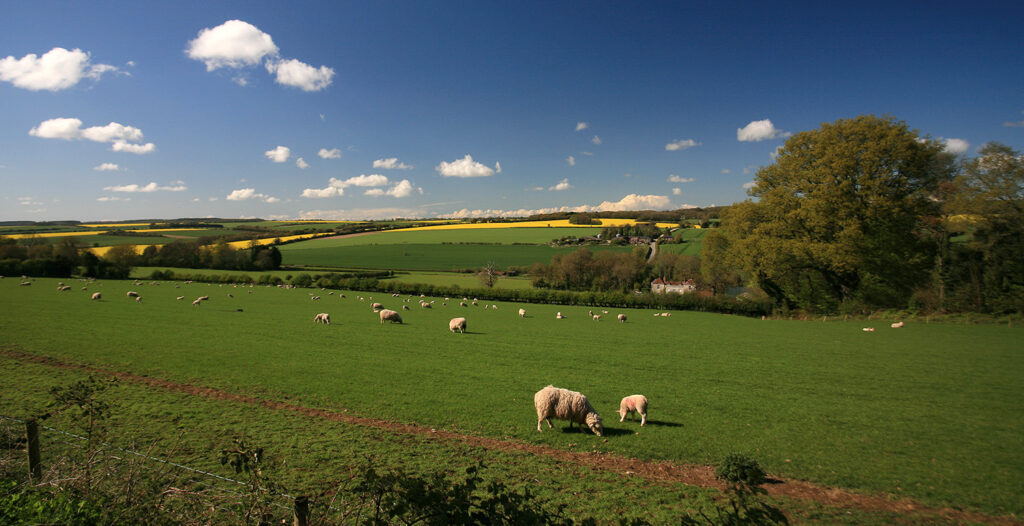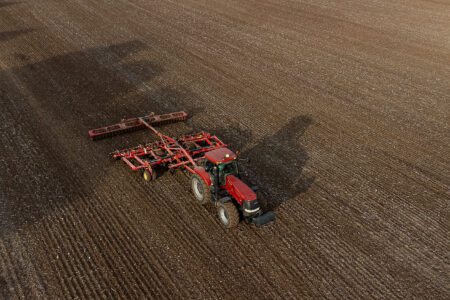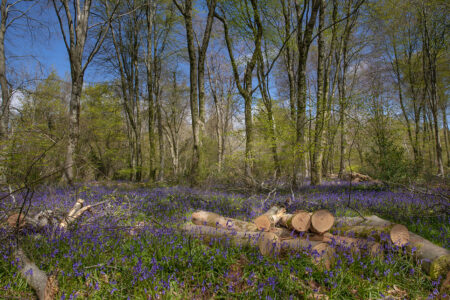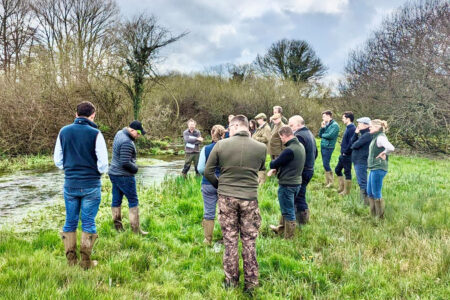Agriculture is a major influence on the landscape character and quality of Cranborne Chase, with 64% (12,565 hectares) of the National Landscape being farmland. Farming has a significant impact on land use and employment in this landscape.
Managed in typically large land holdings, there are around 204 holdings with 44% being less than 20 hectares and 18% being over 100 hectares in size. Cranborne Chase has one of the lowest population densities in the South West with 33,000 residents and around 5% of those are employed in agriculture, a number which is gradually rising in this area.
A quarter of the farmland in Cranborne Chase National Landscape is arable, with cereals being the major type of crop. The majority is pasture or rough grazing land, mostly permanent grassland. Sheep are the most common livestock that you will see grazing on the landscape, followed by dairy livestock and a small number of beef cows and pigs.
Additional rural land management in the National Landscape includes game shooting, which supports the local economy by attracting a large number of day and weekend visitors. The diversification of farms across the National Landscape has also brought the emergence of an array of non-agricultural enterprises. See our Explore section to view some of these businesses in the landscape.




